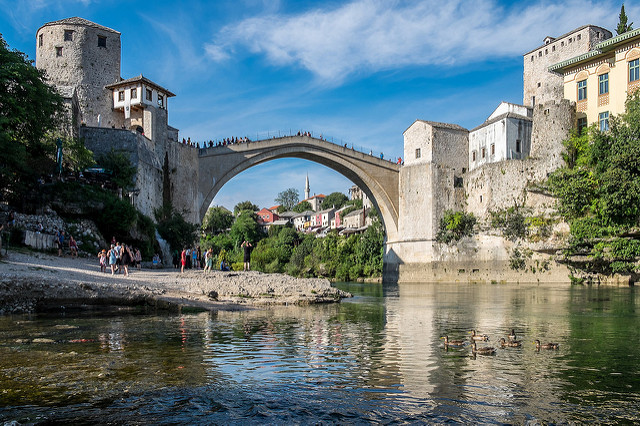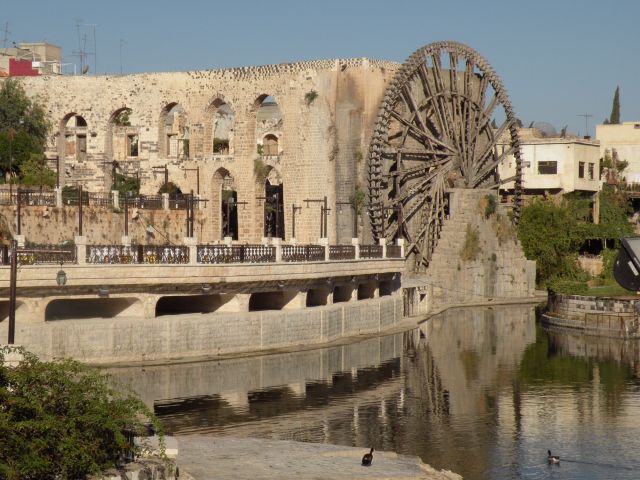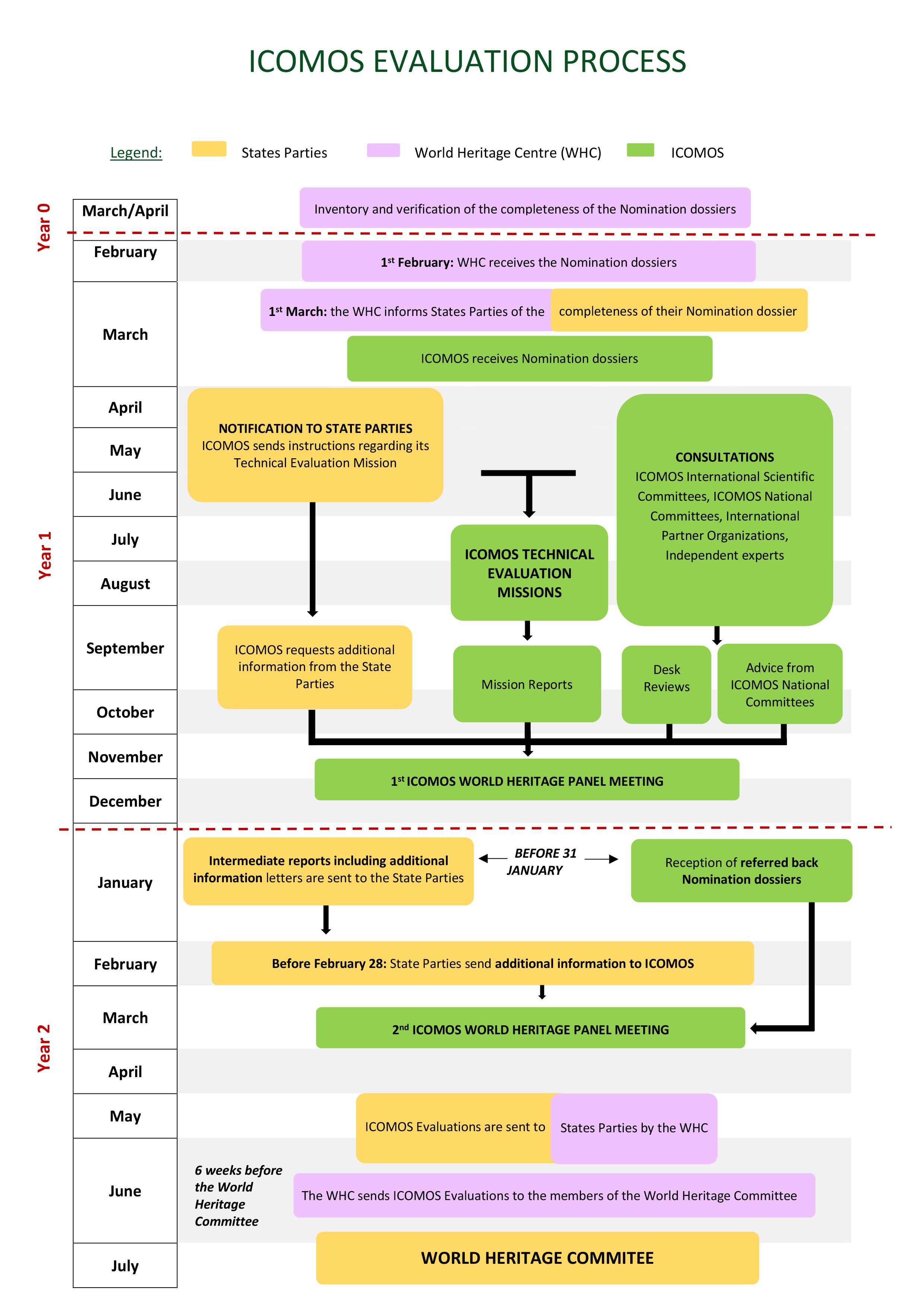Conceptual reflections
 Activities on post-trauma reconstruction
Activities on post-trauma reconstruction
In 2016, ICOMOS brought together experts from around the world in a series of symposiums and seminars focusing on post-trauma reconstruction. These activities have been organized in response to the scale and persistence of damage to World Heritage caused by natural disasters and conflict situations in recent years. Eventually, ICOMOS will produce guidance intended for States Parties dealing with the complex process of rebuilding their heritage. See the proceedings of the symposium on post-trauma reconstruction of 4 March 2016
World Heritage and sustainable development
In 2015, the General Assembly of States Parties to the World Heritage Convention adopted the Policy for the Integration of a Sustainable Development Perspective into the Processes of the World Heritage Convention. Implementation of this policy’s provisions is at the heart of ICOMOS’ priorities. ICOMOS is committed to supporting the policy and promoting its application within the World Heritage community and the general public. See the Policy for the Integration of a Sustainable Development Perspective into the Processes of the World Heritage Convention.
World Heritage and human rights
Since 2011, the Advisory Bodies to the World Heritage Convention have been implementing actions to better understand the place of human rights in World Heritage activities. The World Heritage and rights-based approaches project, led by ICOMOS, IUCN and ICCROM in 2014, promoted good practice regarding human rights and developed tools for higher consideration of these rights within the Advisory Bodies’ work. The project was structured around a number of case studies presented and discussed at a workshop held in Oslo in early April 2014. More information on World Heritage and rights-based approaches
Photo : Mostar bridge, Bosnia-Herzegovina © Flickr / Alexandrino Arthur



